Why did they switch from Aston Martin to BMW in some of the James Bond movies?
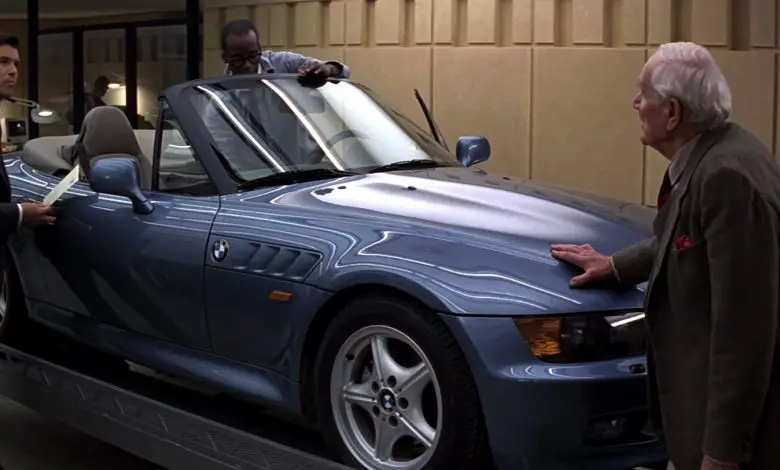
In the world of James Bond, the choice of cars is an integral part of the character’s identity. For decades, Aston Martin has been synonymous with the iconic secret agent, with its elegant and powerful vehicles gracing the silver screen in numerous Bond films. However, there have been instances where Bond temporarily traded his beloved Aston Martin for a BMW. This article delves into the reasons behind this switch and explores the dynamic relationship between James Bond and these automotive giants.
Key Takeaways
- The James Bond franchise switched from Aston Martin to BMW in some films as a strategic move to rejuvenate the series and align it with contemporary trends.
- The partnership with BMW allowed the films to showcase modern designs, cutting-edge technology, and appeal to a wider audience.
- Aston Martin’s association with James Bond remained strong, and the brand made a triumphant return in later films, reaffirming its iconic status.
- The collaboration between BMW and the Bond franchise resulted in increased sales and brand recognition for the German automaker.
- The alternating presence of Aston Martin and BMW added variety to the Bond series, reflecting the character’s adaptability and the evolving landscape of espionage.
Aston Martin: A Timeless Bond Icon
Aston Martin has long been synonymous with James Bond, earning its status as the quintessential Bond car. The partnership between the British luxury car manufacturer and the world’s most famous secret agent dates back to the 1964 film “Goldfinger.” In that movie, Bond’s sleek silver Aston Martin DB5 left an indelible mark on pop culture, becoming an enduring symbol of elegance, power, and technological innovation.
Throughout the years, Aston Martin continued to feature prominently in Bond films. Models like the DBS, V8 Vantage, and Vanquish showcased the brand’s commitment to timeless design, cutting-edge technology, and high-performance capabilities. Aston Martin’s association with James Bond helped elevate its brand recognition and cemented its position as a symbol of sophistication and class.
The Introduction of BMW: A Strategic Shift
In the mid-1990s, the Bond franchise underwent a significant transition, which included a change in the actor portraying 007. With Pierce Brosnan taking over the role, the producers saw an opportunity to inject new energy into the series and explore alternative partnerships. Thus, the stage was set for the introduction of another automotive giant: BMW.
BMW’s Entry: A Bold Move
The decision to incorporate BMW vehicles into the Bond films represented a departure from the established Bond-Aston Martin relationship. It was a strategic move that aimed to rejuvenate the franchise and align it with the contemporary audience’s preferences. BMW’s modern designs, cutting-edge technology, and strong brand appeal made it an ideal choice for the new direction the producers wanted to pursue.
Bond and BMW: A Perfect Match?
BMW’s first appearance in a Bond film occurred in 1995’s “GoldenEye.” Pierce Brosnan’s Bond drove the BMW Z3, a compact roadster that perfectly encapsulated the suave and adventurous nature of the character. The film showcased the car’s impressive performance and featured a range of innovative gadgets, staying true to the Bond tradition of incorporating advanced technologies into the narrative.

The successful collaboration continued in subsequent films. In “Tomorrow Never Dies” (1997), Bond traded his beloved Aston Martin for a sleek BMW 750iL, a luxury sedan brimming with advanced features and elegant styling. The World Is Not Enough” (1999) saw Bond behind the wheel of the BMW Z8, a striking sports car that captured the essence of speed and sophistication.
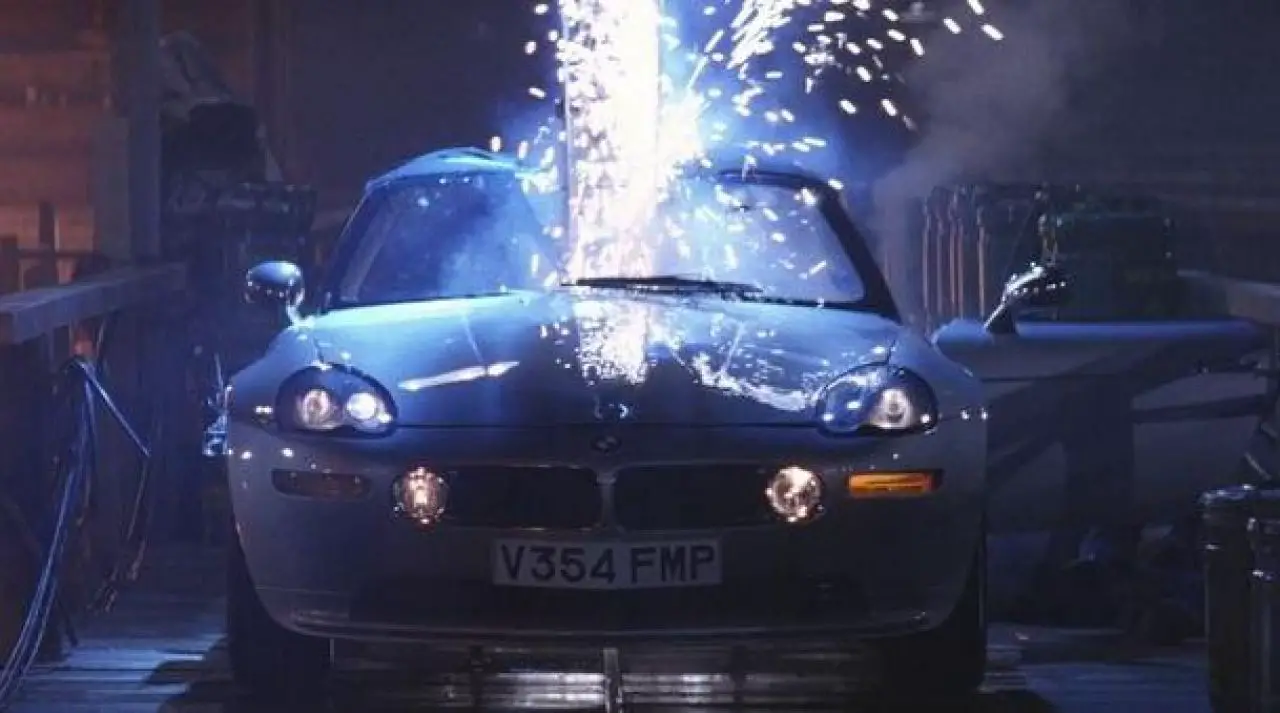
Factors Influencing the Switch
Several factors contributed to the temporary shift from Aston Martin to BMW in the Bond films. Let’s explore some of the key influences behind this decision:
Brand Partnership Opportunities
The partnership between James Bond films and automotive brands offers unique marketing opportunities. Automobile manufacturers benefit from the association with the Bond franchise’s glamour, global reach, and loyal fan base. For BMW, aligning with Bond helped strengthen its brand image and increase exposure to a wider audience, ultimately driving sales and brand recognition.
Creative Direction and Storyline
The introduction of BMW vehicles into the Bond series coincided with a desire to revitalize and modernize the character. The sleek lines and cutting-edge features of BMW cars meshed well with the evolving portrayal of James Bond as a contemporary and tech-savvy spy. The change in vehicles served as a visual representation of Bond’s adaptation to the ever-changing world of espionage.
Product Placement and Marketing
Product placement plays a significant role in the financing of film productions, especially big-budget blockbusters like the Bond films. Automobile manufacturers often strike deals with studios, providing vehicles and financial support in exchange for prominent placement and brand exposure. The inclusion of BMW cars in the Bond movies allowed the German automaker to showcase its latest models and capture the attention of millions of viewers worldwide.
The Return of Aston Martin
While BMW left an indelible mark on the Bond franchise, the enduring association between 007 and Aston Martin remained strong. After a temporary hiatus, Aston Martin made a triumphant return in the 2006 film “Casino Royale” with Daniel Craig taking on the role of James Bond. The film reintroduced the classic Aston Martin DB5, eliciting nostalgia and affirming the timeless bond between the secret agent and the British luxury car manufacturer.
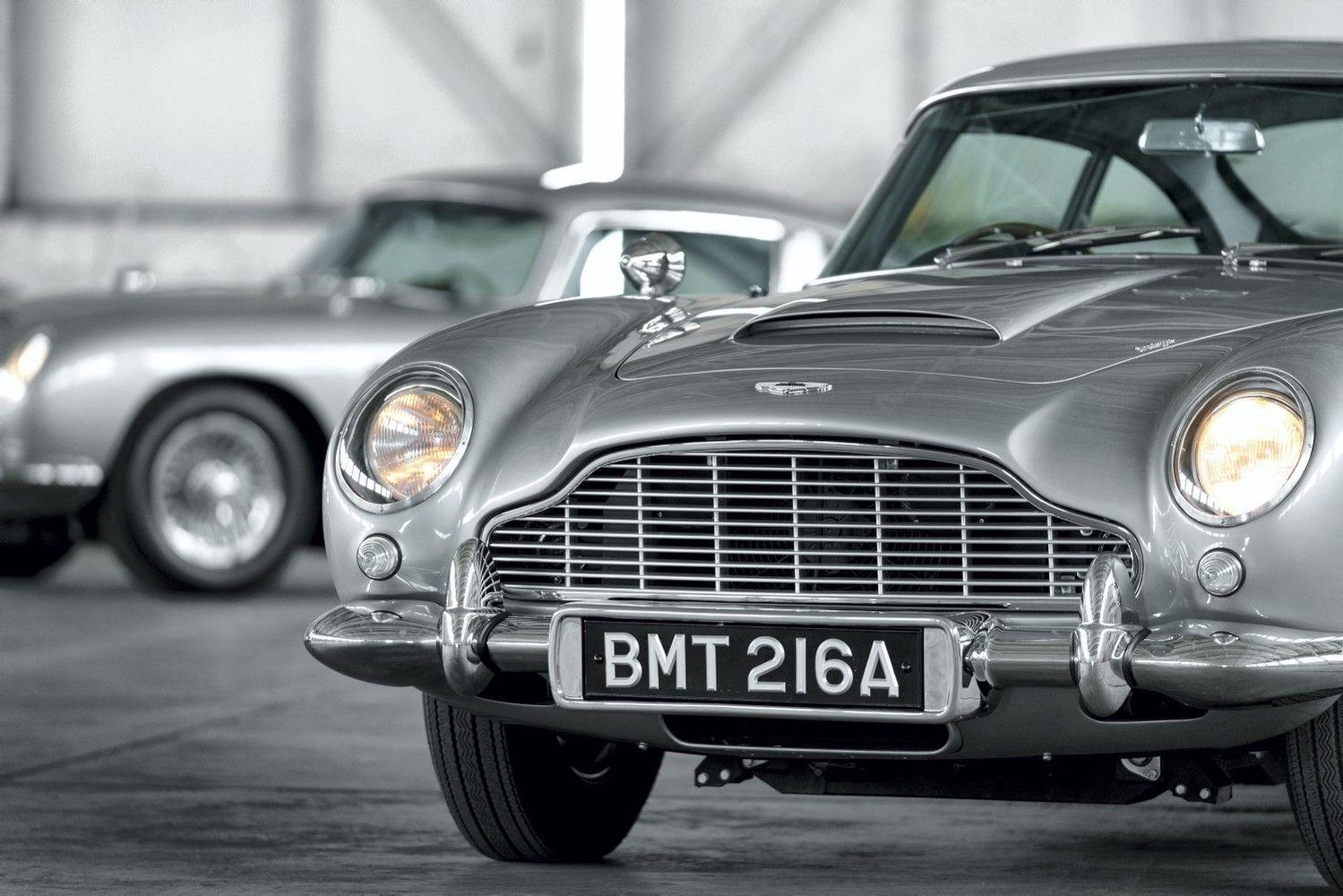
Since then, Aston Martin has remained a staple in the Bond films, appearing in subsequent installments such as “Quantum of Solace,” “Skyfall,” and “Spectre.” The partnership showcases the mutual benefit derived from the collaboration, with Bond amplifying the allure of Aston Martin, and the iconic vehicles enhancing the cinematic experience for viewers.
The Bond Legacy: Aston Martin and BMW
The intermittent switch from Aston Martin to BMW in some James Bond movies was a strategic move that aimed to inject freshness into the franchise while aligning with contemporary trends. BMW’s inclusion provided an opportunity to showcase a different style of vehicle and tap into the brand’s modern image. Nevertheless, the enduring bond between 007 and Aston Martin, rooted in tradition, elegance, and sophistication, remains an integral part of the franchise’s DNA.
As future Bond films grace the silver screen, fans can anticipate the continued evolution of the automotive partnerships, reflecting the ever-changing landscape of both the spy genre and the luxury automobile industry. Whether Aston Martin, BMW, or other manufacturers, these collaborations serve to heighten the allure and excitement of the James Bond cinematic experience, leaving an indelible impression on audiences for generations to come.
FAQ
1. Why did the James Bond movies switch from Aston Martin to BMW?
The switch from Aston Martin to BMW in some of the James Bond movies was driven by a desire to revitalize the franchise and align it with the changing times. The producers saw an opportunity to introduce a fresh and modern feel to the films, especially with the introduction of a new actor portraying Bond. BMW’s sleek designs, advanced technology, and strong brand appeal made it a suitable choice to inject new energy into the series.
The decision was also influenced by creative considerations. Bond’s character was evolving, and the switch to BMW vehicles represented his adaptation to the modern world. The sleek lines and cutting-edge features of BMW cars mirrored the image of a contemporary and tech-savvy spy. This creative direction allowed the films to reflect the changing landscape of espionage and cater to the evolving tastes of the audience.
2. Did the partnership with BMW affect Aston Martin’s brand image?
While the temporary switch to BMW showcased the German automaker’s capabilities and brought it increased exposure, it did not significantly impact Aston Martin’s brand image. Aston Martin had already established itself as the quintessential Bond car through its longstanding association with the franchise. The hiatus served as a reminder of the enduring bond between 007 and Aston Martin, eliciting nostalgia among fans.
The partnership with BMW allowed both brands to benefit mutually from the collaboration. Aston Martin’s reputation for elegance and sophistication remained intact, and its return to the Bond films in later installments reaffirmed its position as the iconic Bond car. The coexistence of multiple automotive partnerships within the Bond franchise showcased the versatility of the character and highlighted the rich tapestry of luxury automobile brands associated with the world of James Bond.
3. What were some key factors in BMW’s selection as Bond’s car?
Several factors contributed to BMW’s selection as Bond’s car in certain films. Firstly, BMW’s contemporary designs and advanced technologies aligned well with the evolving portrayal of James Bond as a modern and tech-savvy spy. The sleek lines and innovative features of BMW cars resonated with the audience and added a fresh dynamic to the character.
Secondly, the partnership with BMW provided an opportunity for the Bond franchise to tap into a different demographic. BMW’s strong brand appeal and global recognition allowed the films to reach a wider audience, expanding the franchise’s fan base and increasing brand exposure for both BMW and the Bond series.
Lastly, the financial support and product placement opportunities provided by BMW played a significant role. Product placements are a common practice in film financing, and the inclusion of BMW vehicles in the Bond films allowed the German automaker to showcase its latest models and leverage the franchise’s global reach for marketing purposes.
4. How did the introduction of BMW impact the gadgets in the Bond films?
The introduction of BMW in the Bond films brought with it a new range of innovative gadgets and technologies. BMW’s collaboration with the Bond franchise allowed for the incorporation of cutting-edge features into the vehicles driven by 007. These gadgets served both functional and narrative purposes, enhancing the action sequences and adding an element of excitement to the films.
For example, in “GoldenEye,” Bond’s BMW Z3 was equipped with various gadgets, including missile launchers and a parachute braking system. These gadgets demonstrated the car’s adaptability and the character’s resourcefulness in navigating dangerous situations. Similarly, in “Tomorrow Never Dies,” Bond’s BMW 750iL featured advanced security systems, remote control functionality, and a fingerprint recognition starter.
The inclusion of such gadgets added to the overall thrill and fantasy of the Bond films, keeping audiences engaged and captivated by the technological prowess showcased through the collaboration between Bond and BMW.
5. Were there any criticisms or controversies surrounding the switch to BMW?
The switch from Aston Martin to BMW in some of the Bond films did attract criticism from purists and fans loyal to the iconic association between Bond and Aston Martin. Some argued that the change compromised the franchise’s authenticity and its timeless connection to the classic Bond image. They felt that the switch to BMW was a departure from the tradition and legacy established by the earlier films.
However, it is important to note that artistic decisions, such as the choice of vehicles, often provoke diverse opinions among fans. While there were detractors, the inclusion of BMW in the Bond films also garnered praise for injecting fresh energy into the franchise and bringing a contemporary flair to the character. Ultimately, the alternating partnerships with different luxury car brands added variety to the Bond series and showcased the character’s adaptability to the evolving landscape of espionage.
6. Did the partnership with BMW result in increased sales for the automaker?
The partnership between BMW and the Bond franchise undoubtedly had a positive impact on the automaker’s sales and brand recognition. The global reach and popularity of the Bond films provided BMW with a platform to showcase its vehicles to a massive audience. The exposure generated through the films, combined with the association with the suave and sophisticated Bond character, increased brand visibility and appeal.
Furthermore, the inclusion of BMW cars in the Bond films showcased the brand’s cutting-edge technology and performance capabilities. This exposure contributed to a heightened perception of BMW as a luxury automaker offering innovative and high-performance vehicles. As a result, the partnership likely played a role in driving increased sales and further solidifying BMW’s position as a leader in the luxury automobile market.
7. Did Aston Martin’s return overshadow BMW’s presence in the Bond films?
Aston Martin’s return to the Bond films did not overshadow BMW’s presence but rather reinforced the enduring association between 007 and the British luxury car manufacturer. While Aston Martin had a temporary hiatus, its reintroduction in later installments reaffirmed its iconic status within the Bond franchise.
Both Aston Martin and BMW brought their distinct characteristics and appeal to the films, creating a dynamic interplay of automotive partnerships. The alternating presence of these brands added depth and variety to the Bond series, showcasing different styles of vehicles and appealing to a broader range of audience preferences.
8. Were there any significant technological advancements introduced by BMW in the Bond films?
BMW’s partnership with the Bond franchise introduced several technological advancements showcased through the vehicles driven by 007. These advancements demonstrated the brand’s commitment to innovation and cutting-edge features.
In “GoldenEye,” the BMW Z3 featured a unique stinger missile launcher concealed within the car’s side strakes. This hidden weapon allowed Bond to defend himself in high-stakes situations, underscoring the integration of advanced technologies into the vehicle.
Similarly, in “Tomorrow Never Dies,” Bond’s BMW 750iL showcased remote control functionality, enabling Bond to maneuver the car from outside, enhancing his ability to navigate challenging scenarios.
These technological advancements exemplify BMW’s dedication to pushing the boundaries of automotive innovation, aligning perfectly with the Bond franchise’s tradition of incorporating high-tech gadgets into the narrative.
9. Did BMW’s collaboration with the Bond films extend beyond product placement?
BMW’s collaboration with the Bond films extended beyond product placement. The partnership involved a comprehensive marketing campaign that leveraged the popularity and global reach of the franchise to promote BMW’s association with the Bond character.
The marketing efforts included various activities such as cross-promotion, where BMW and the Bond films mutually benefited from each other’s brand appeal. BMW launched special editions of the vehicles featured in the films, capitalizing on the Bond connection to create exclusive and highly sought-after models.
Additionally, BMW organized events, competitions, and promotional tie-ins that further reinforced the partnership and generated excitement among fans. These marketing initiatives showcased the depth of the collaboration beyond mere product placement, demonstrating a strategic and mutually beneficial alliance between BMW and the Bond franchise.
10. How did the switch to BMW impact the portrayal of James Bond as a character?
The switch to BMW in some of the Bond films impacted the portrayal of James Bond by emphasizing his adaptability and ability to embrace change. Bond’s character is known for his resourcefulness and ability to seamlessly navigate different situations, and the switch to BMW vehicles reflected this aspect of his personality.
The inclusion of BMW cars aligned with the evolution of Bond as a modern and tech-savvy spy, highlighting his integration with the latest advancements in automotive technology. This portrayal reinforced Bond’s image as a sophisticated and versatile secret agent, always ready to embrace new challenges and utilize the best tools available.
Furthermore, the switch to BMW allowed the films to explore different dynamics and styles, showcasing Bond’s ability to blend into various environments. This added depth to the character and expanded the possibilities for storytelling within the Bond franchise.
Conclusion
The temporary switch from Aston Martin to BMW in some James Bond movies marked a strategic shift aimed at injecting freshness into the franchise while aligning with the contemporary preferences of the audience. BMW’s sleek designs, advanced technology, and strong brand appeal brought a modern and dynamic feel to the series, showcasing James Bond’s ability to adapt to the changing times.
However, the enduring bond between 007 and Aston Martin could not be overshadowed. Aston Martin’s return in later films served as a reminder of its timeless association with the character, evoking nostalgia and reaffirming its position as the quintessential Bond car. The alternating partnerships between Aston Martin and BMW added depth and variety to the Bond series, captivating audiences with their distinct styles and technological innovations.
As the Bond franchise continues to evolve, fans can anticipate the ongoing interplay between these luxury automotive giants, enhancing the cinematic experience and reaffirming the enduring legacy of James Bond as the suave and sophisticated secret agent with an undeniable passion for extraordinary cars.






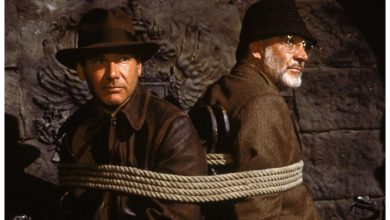
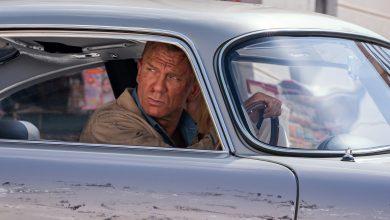


One Comment